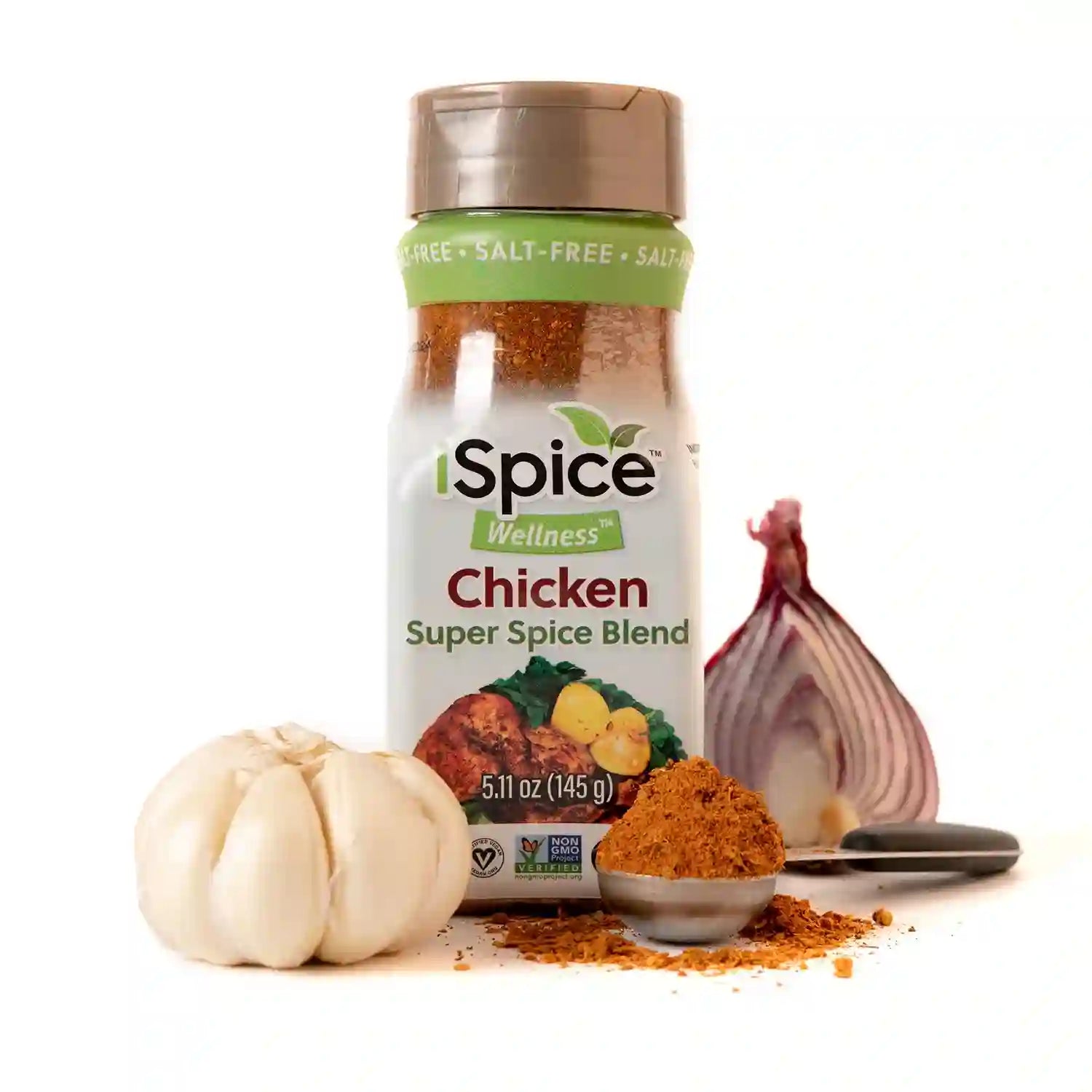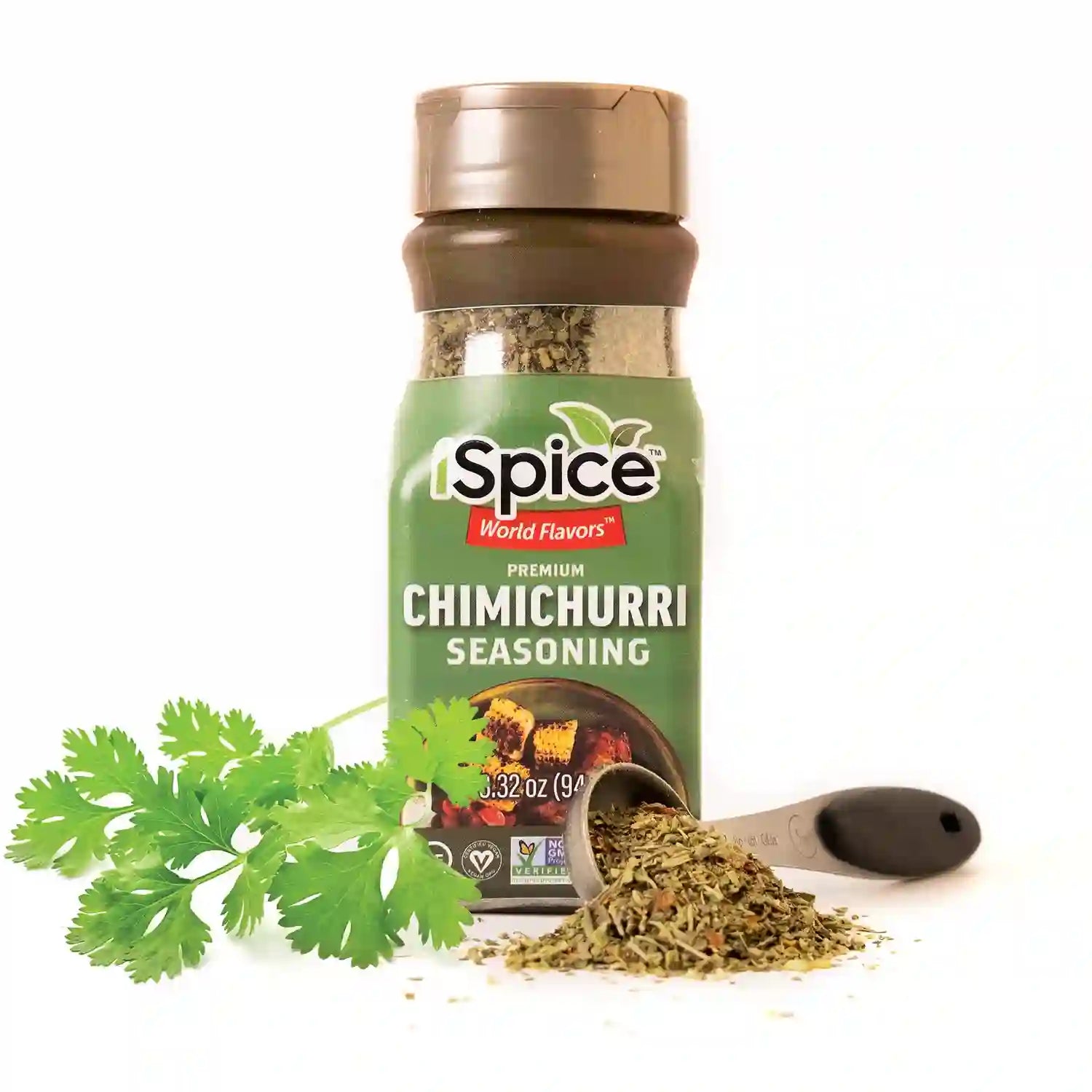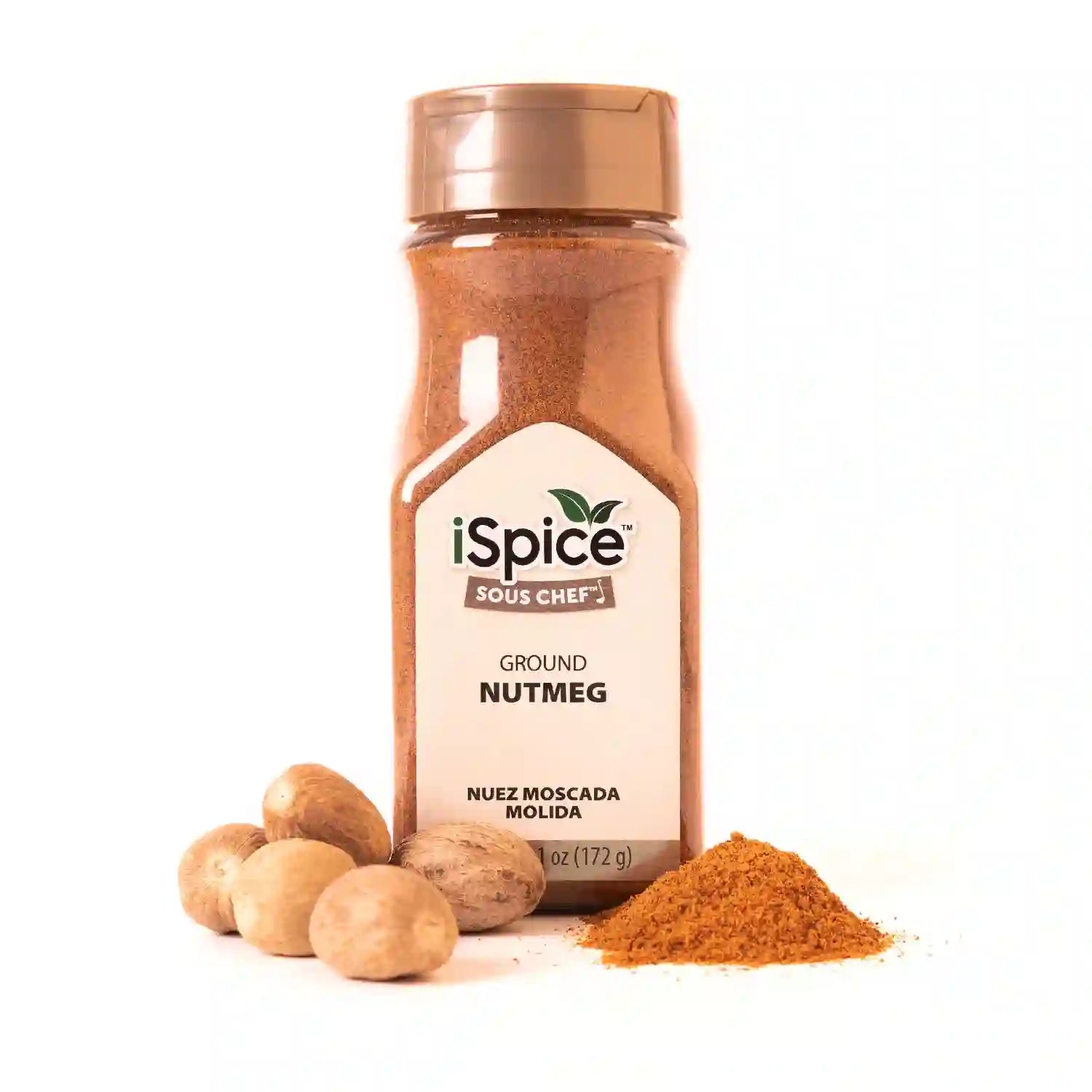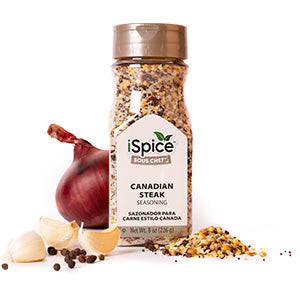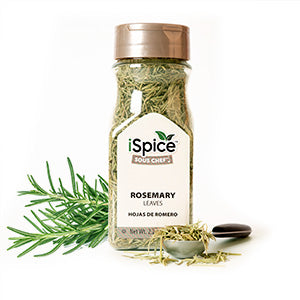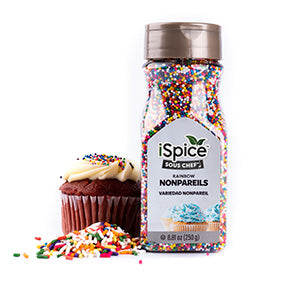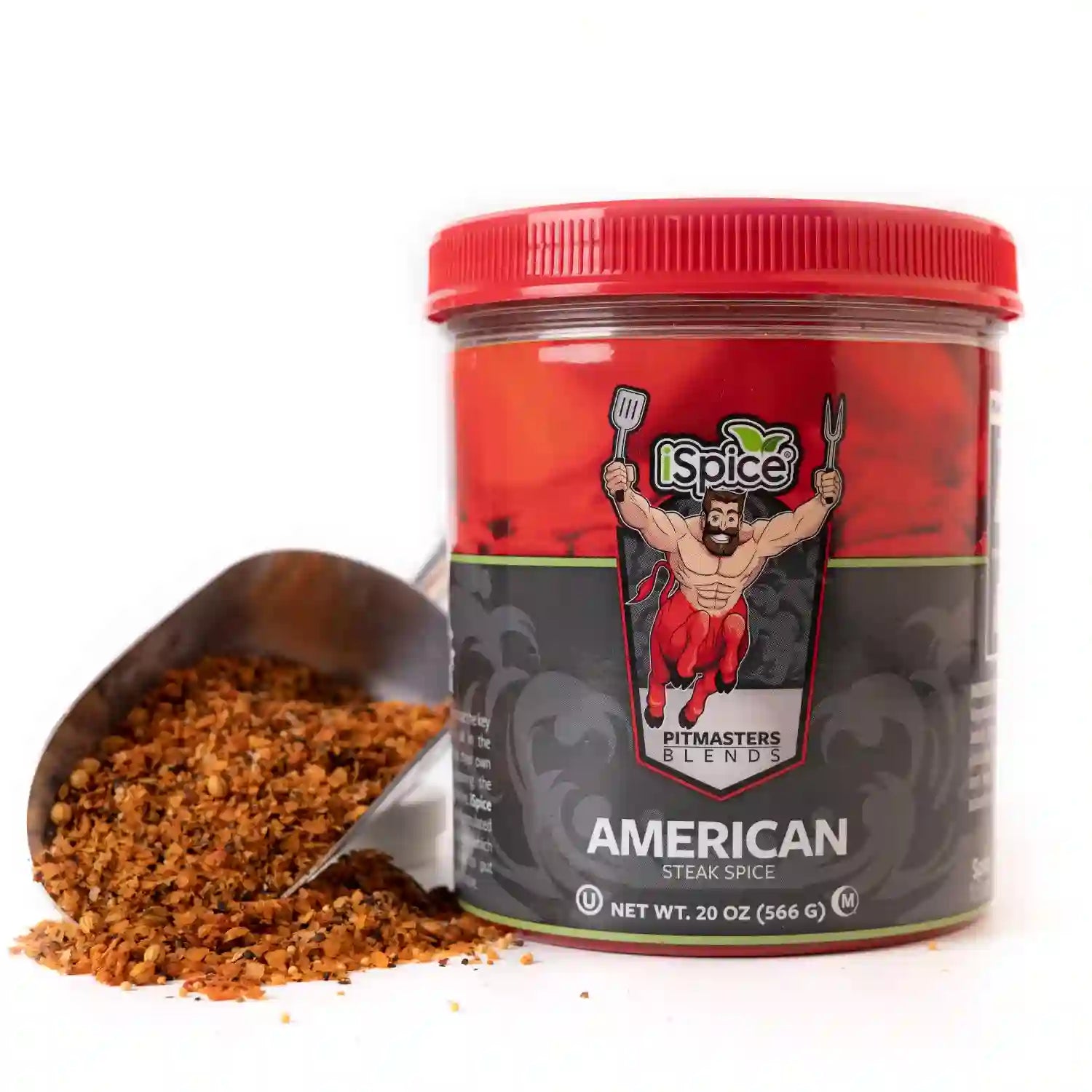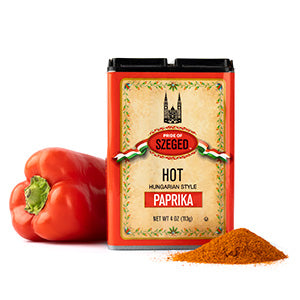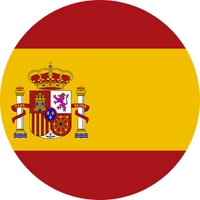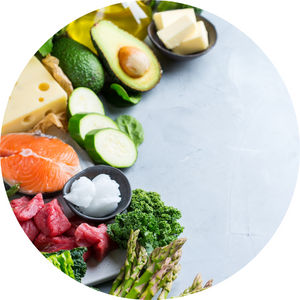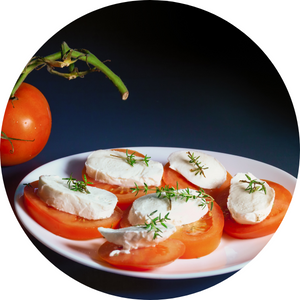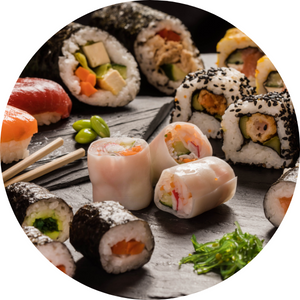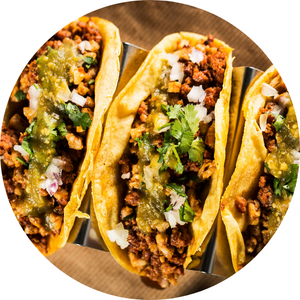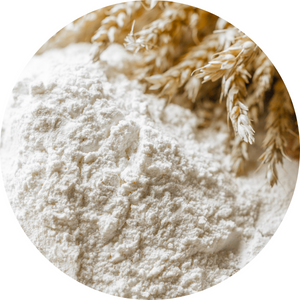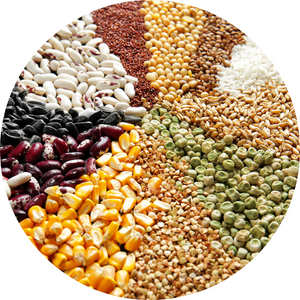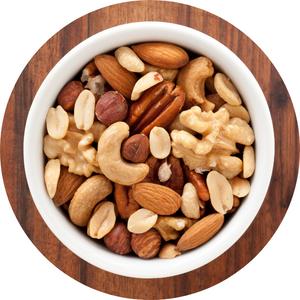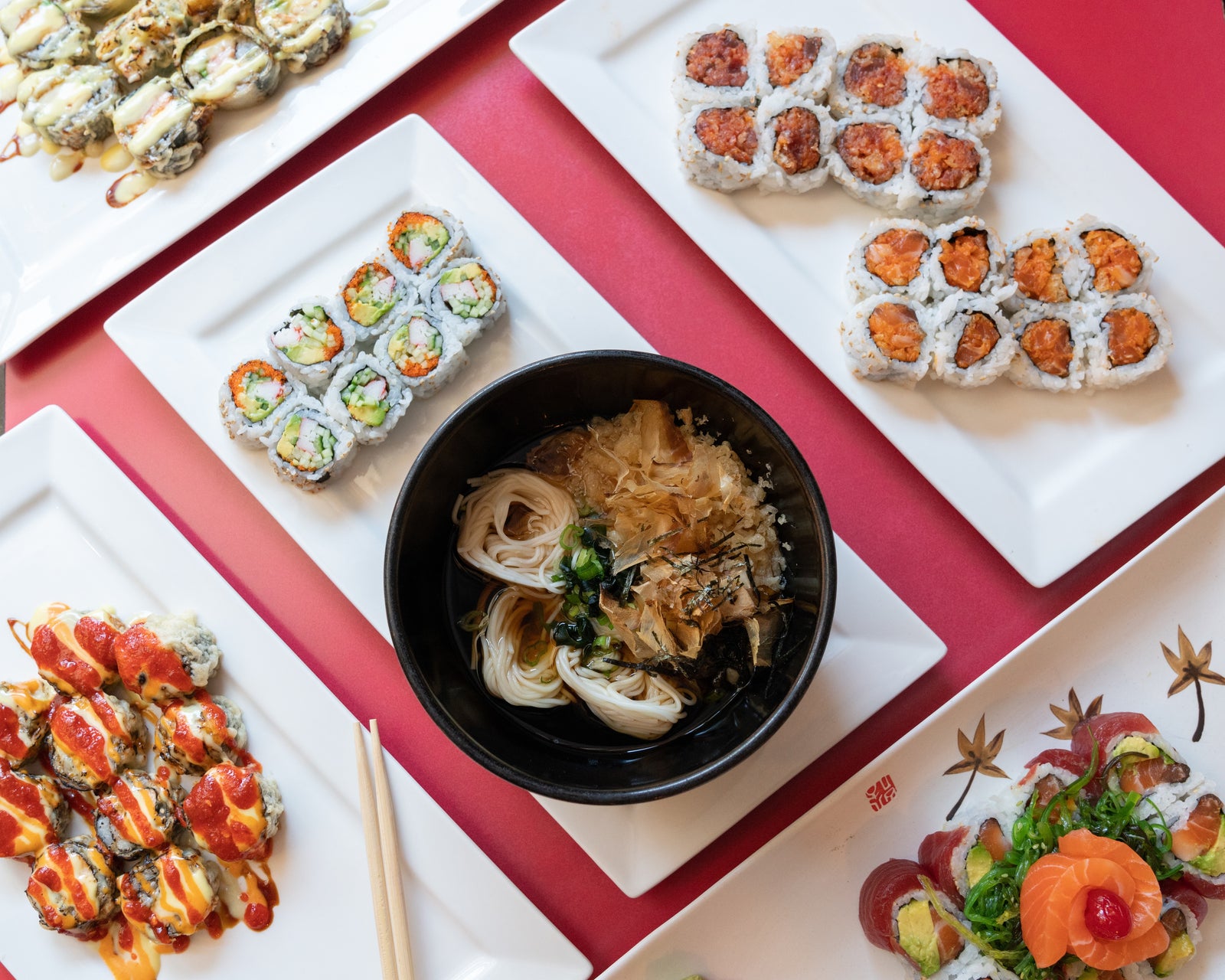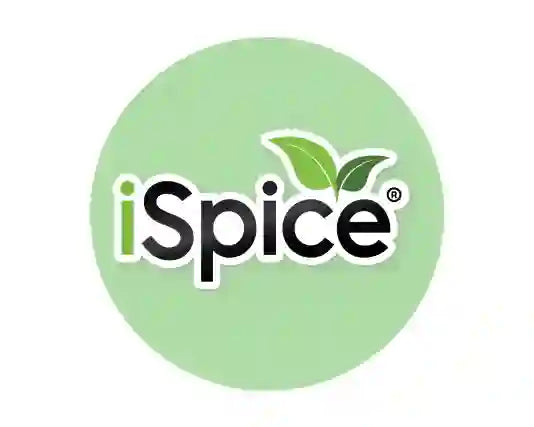
Coriander and cilantro appear to be quite different, but they come from the same plant species. Both coriander and cilantro come from the Coriandrum sativum plant. Although they have this in common, there are many differences between the two. We put together a guide that explains coriander vs. cilantro: the differences, so read on to learn more.
The Differences
Let’s talk about the differences between coriander and cilantro. Since they come from the same plant species, they are referred to differently in parts of the world. Cilantro is the Spanish name for coriander leaves. North Americans refer to the leaves and stalks of the plant as cilantro. On the other hand, the dried seeds of the plant are referred to as coriander.
In other parts of the world, coriander is the same for both parts of the plant. The leave and stalk are called coriander; however, the dried seeds are called coriander seeds.
Another difference is that the cilantro leaves have more vitamins but fewer minerals, whereas coriander has fewer vitamins but more minerals. Cilantro is refreshing and citrusy; however, some people have a genetic trait that makes it taste different. Some people think cilantro tastes like soap. Coriander, on the other hand, has a warm and spicy taste. Along with their different tastes, they also serve different purposes in the kitchen.
Uses for Coriander
Coriander is commonly used in curries and rice dishes. It also complements other flavors in soups. Another use for coriander is in a rub or marinade for meat. To prepare pickled vegetables, you can use coriander. To enhance the taste of coriander, dry roast or heat the seeds.
Uses for Cilantro
Coriander is commonly found in Mexican cuisine. For example, cilantro adds flavor to salsa and guacamole. It’s also commonly a topping on tacos, along with onion. Cilantro can also function as a garnish on a dish.
At iSpice, we offer high-quality spice sets. You can customize the set based on your preferences. We’ve supplied ingredients to the food industry for over 30 years, so we know you’ll be satisfied. Feel free to give us a call if you have any questions.
Alert: While spices can have many beneficial properties for health, using them for medical purposes should be done under the guidance and supervision of a healthcare professional or specialist. Some spices may interact with medications or cause adverse reactions in certain individuals, and it is important to use them safely and appropriately. If you are considering using spices for a medical condition, it is important to consult with a healthcare professional before doing so.

